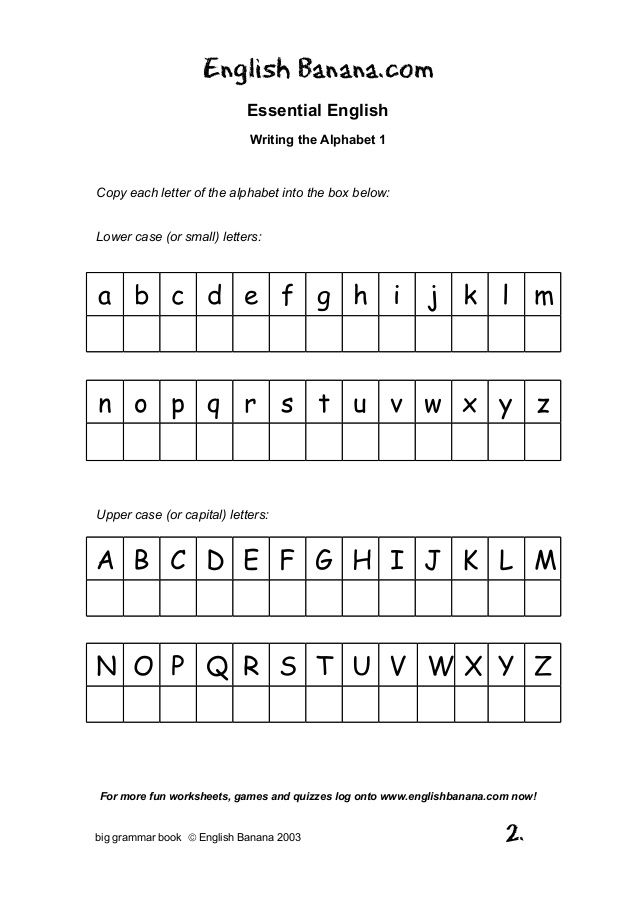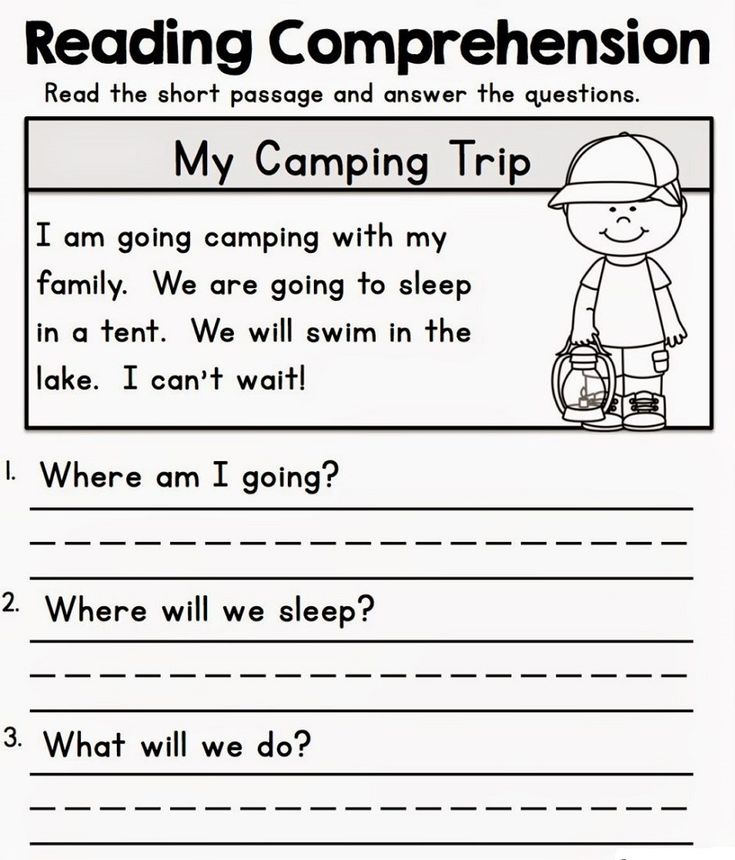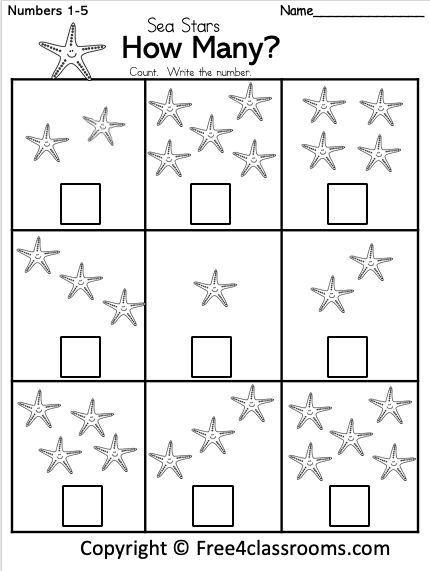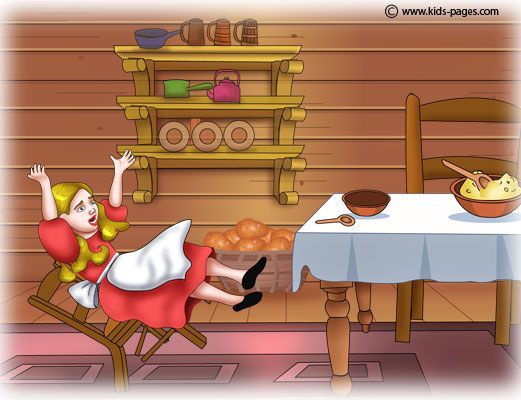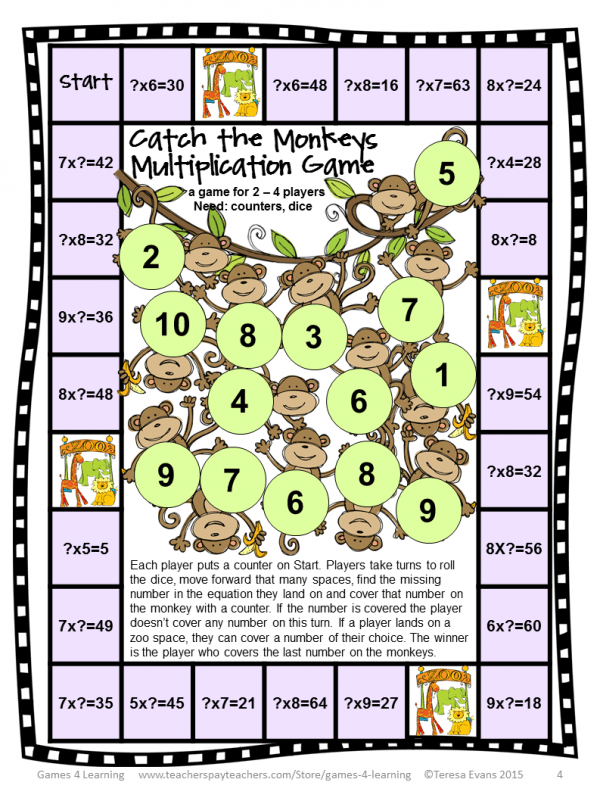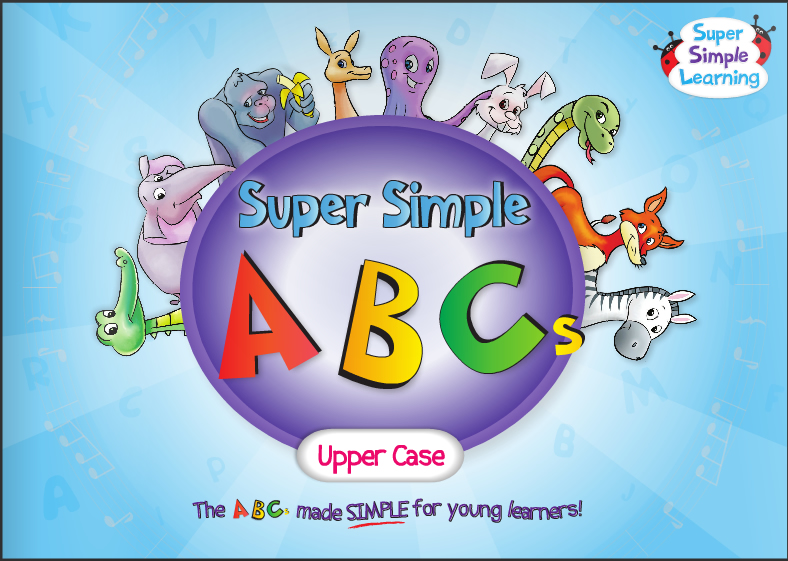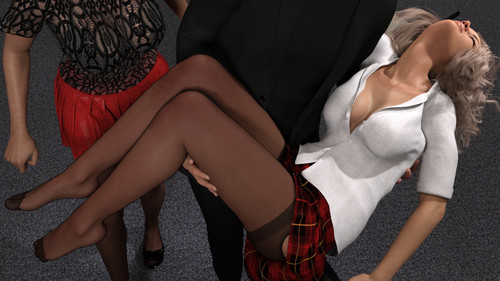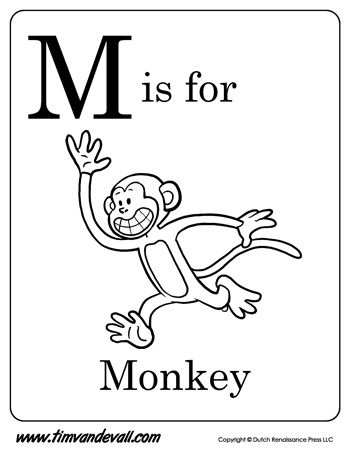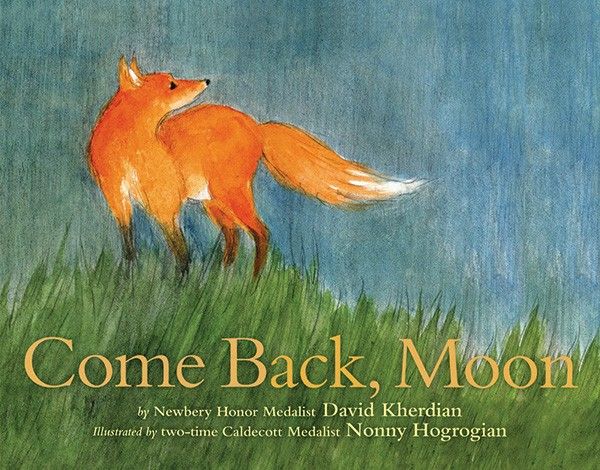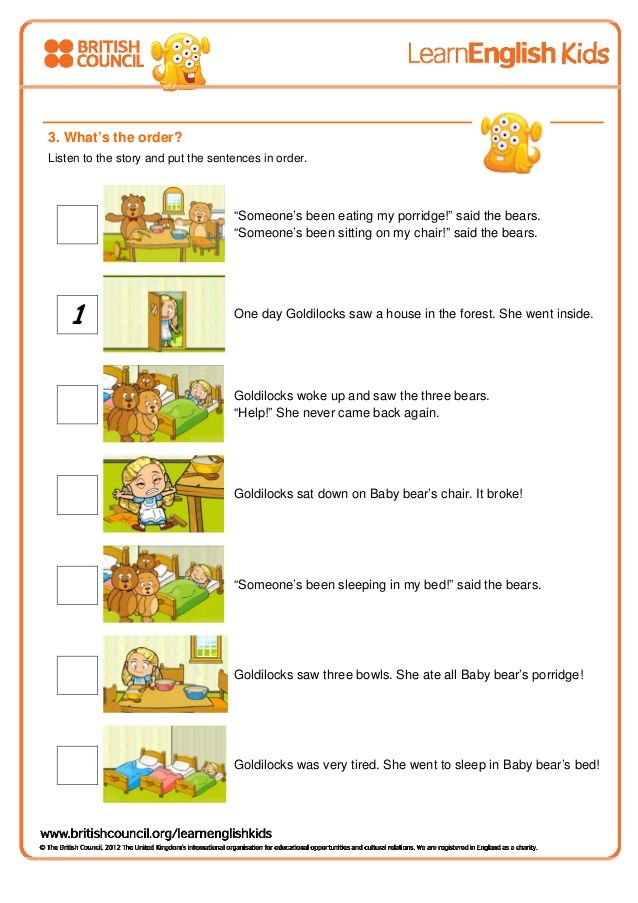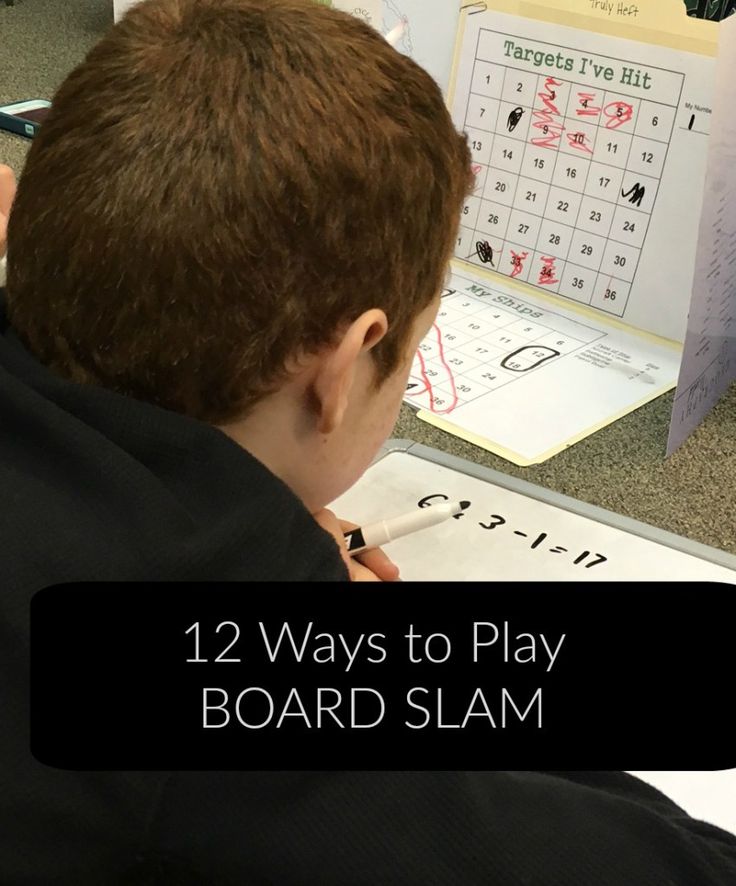Alphabet lower and upper
Lowercase and Uppercase Letters: Definition and Meaning
The 26 letters in the English alphabet can take two forms: uppercase and lowercase. Each form serves a different function. Most of the letters you see in writing are lowercase.
Definition of Lowercase Letters
Lowercase letters are smaller and sometimes take a slightly different form than their uppercase counterparts.
Notice the L that starts the word Lowercase in the previous sentence. It’s larger than the other letters and looks different than the l in the word letters.
Lowercase letters are used more often than uppercase letters. They follow the first letter of a sentence or the first letter of a proper noun.
English Alphabet Lowercase Letters
These are the lowercase forms of each of the 26 letters in the English alphabet.
| a | b | c | d | e | f | g | h | i | j | k | l | m |
|---|---|---|---|---|---|---|---|---|---|---|---|---|
| n | o | p | q | r | s | t | u | v | w | x | y | z |
Definition of Uppercase Letters
Uppercase letters, also called capital letters, are used to start sentences and as the initial letter of a proper noun.
Uppercase letters are larger than their lowercase counterparts. Though most uppercase letters look similar to their lowercase partners, others take slightly different forms.
English Alphabet Uppercase (Capital) Letters
These are the uppercase or capital forms of the 26 letters in the English alphabet.
| A | B | C | D | E | F | G | H | I | J | K | L | M |
|---|---|---|---|---|---|---|---|---|---|---|---|---|
| N | O | P | Q | R | S | T | U | V | W | X | Y | Z |
When Should You Use Lowercase Letters?
It’s easier to explain the function of lowercase letters by saying what they don’t do. Lowercase letters do not start sentences and are not used as the initial letter of a proper noun.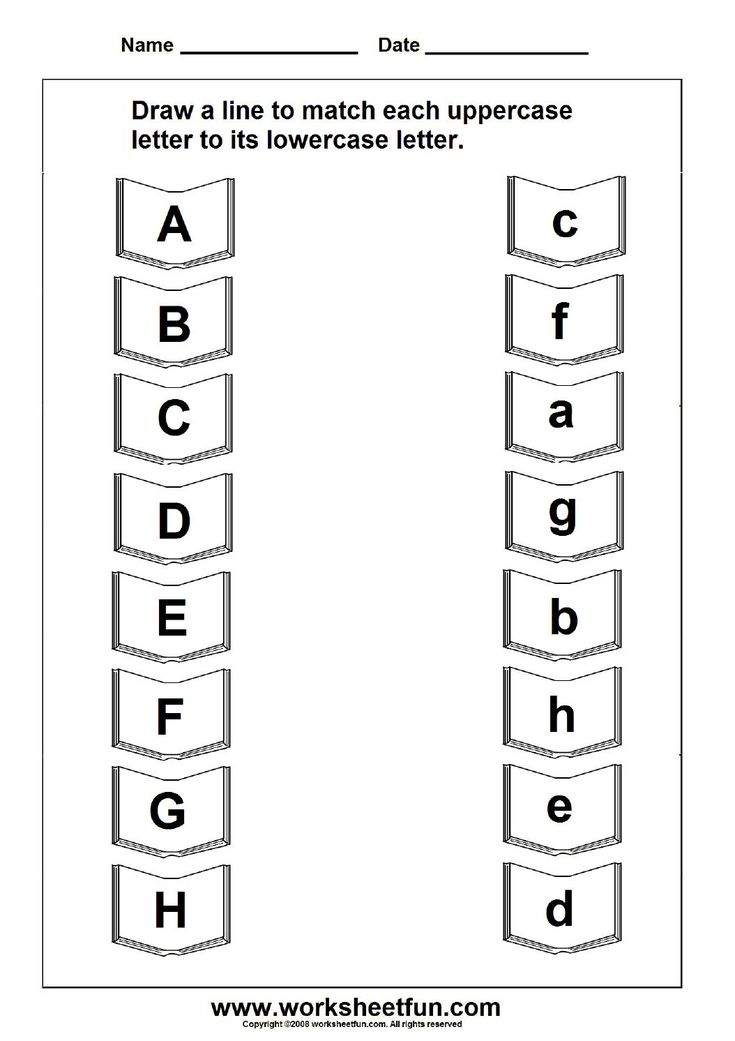
They are used for all the remaining letters in sentences and following the first letter of proper nouns.
Most of the letters you write will be lowercase. A quick scan of this article shows that uppercase letters are used in specific circumstances and lowercase are used everywhere else!
In the first sentence of the paragraph above, Most of the letters you write will be lowercase., only the M in Most is an uppercase letter. All the others are lowercase.
Use Lowercase Letters with Common Nouns
Nouns are words that represent a person, place, thing, or idea. There are two types of nouns: common and proper.
Common nouns refer to a non-specific person, place, thing, or idea. They are generic terms. The chart below shows the common noun version of the proper nouns used above.
| Proper noun (capitalize first letter) | Common noun (lowercase letters) |
|---|---|
| Joanna | person |
| London | city |
| France | country |
| Tuesday | weekday |
| September | month |
Proper nouns refer to a specific person, place, thing, or idea.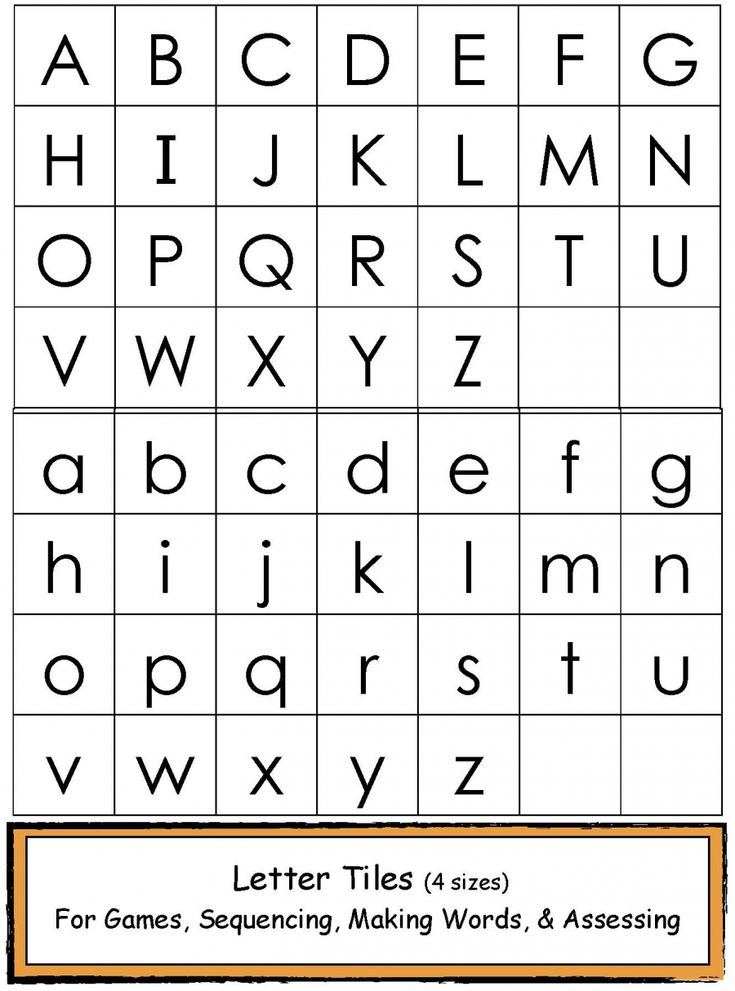 For example, the name of a particular person, city, country, day of the week, or month is a proper noun.
For example, the name of a particular person, city, country, day of the week, or month is a proper noun.
- Joanna
- London
- France
- Tuesday
- September
The initial letter of a proper noun is an uppercase letter. The rest are lowercase.
A grammar guru, style editor, and writing mentor in one package.
Try it for free!Sentence Examples with Proper and Common Nouns
These sentences contain both proper and common nouns (in bold). The proper nouns are capitalized, the common nouns contain only lowercase letters.
- After work, Sue met friends for dinner.
- The ancient poet Homer wrote The Odyssey and The Iliad.
- My favorite day of the week is Sunday, and my favorite month is July.
When Should You Use Uppercase Letters?
Most often, capital letters are used to start sentences and proper nouns, but those aren’t the only times.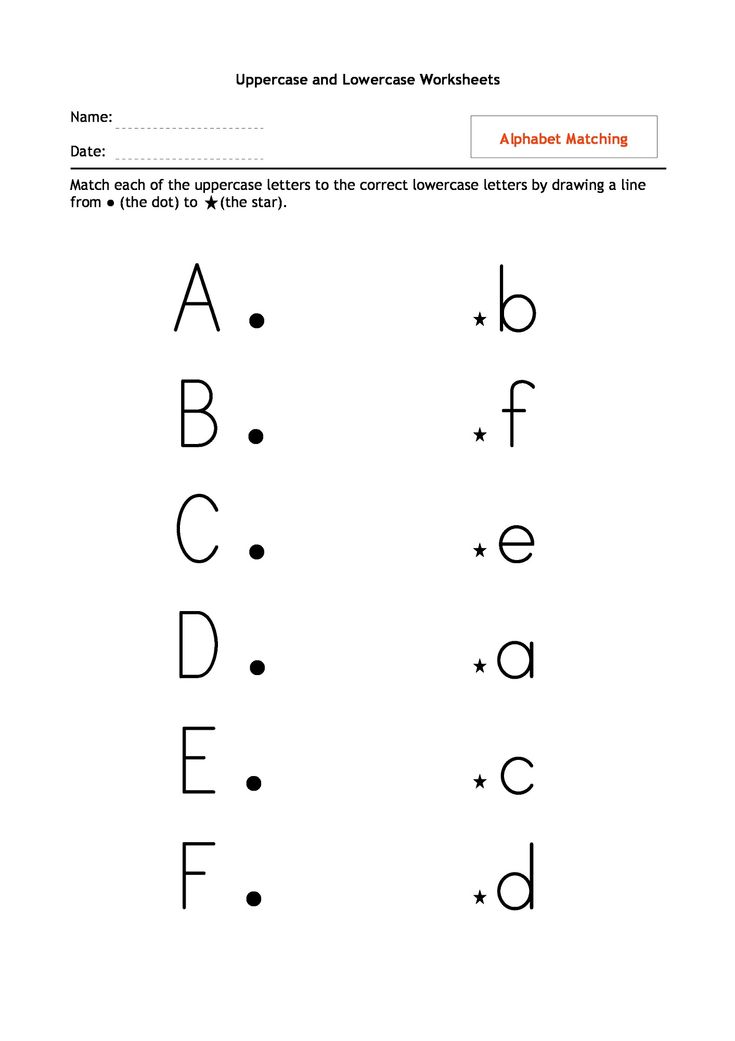
This list explains other circumstances that require uppercase letters.
1. The first word of a quote that’s part of a complete sentence
When an embedded quote is also a complete sentence, the first word of that quote should be capitalized.
- Mary said, “We should go to the beach.”
2. Titles of literary or artistic works
Capitalize the first, last, and all other words in a title except conjunctions, articles, and prepositions of fewer than four letters. This is called “Title Case.” (Some style guides have even more specific guidelines, so always check!)
- To Kill a Mockingbird
- The Hunger Games
- The Fault in Our Stars
3. Professional titles preceding a person’s name
When a title such as “Dr.” or “President” precedes a specific person’s name, capitalize it.
- We will now hear from Dr. Jones, our keynote speaker.
- President Biden will give a speech later today.
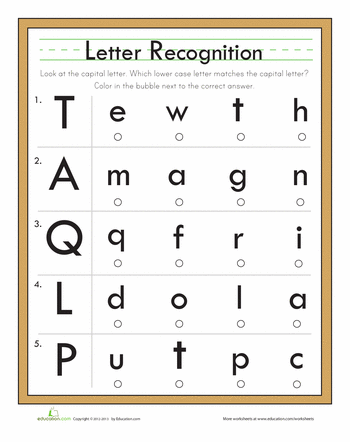
Use lowercase letters if the title is used as a description or not followed by a specific name.
- The keynote speaker is Martin Jones, a doctor.
- I’m watching the president give a speech.
If you feel overwhelmed by the different rules of capitalization, remember that ProWritingAid is here to help!
It’s a thorough grammar checker (and more) that will detect errors in capitalization for you.
4. The pronoun “I”
You should always capitalize the pronoun “I.”
5. Acronyms and Initialisms
An acronym is a word formed by taking the first letter of each word of a compound term. Initialisms are similar abbreviations, except that the letters are pronounced individually rather than forming a new word.
- PIN is an acronym for personal identification number and is pronounced as the word “pin”
- FBI is an initialism for the Federal Bureau of Investigation and is pronounced as individual letters F-B-I
Some phrases are also abbreviated as initialisms:
- “Talk to you later” is TTYL
- “As soon as possible” is ASAP
Acronyms and initialisms should always appear in uppercase form.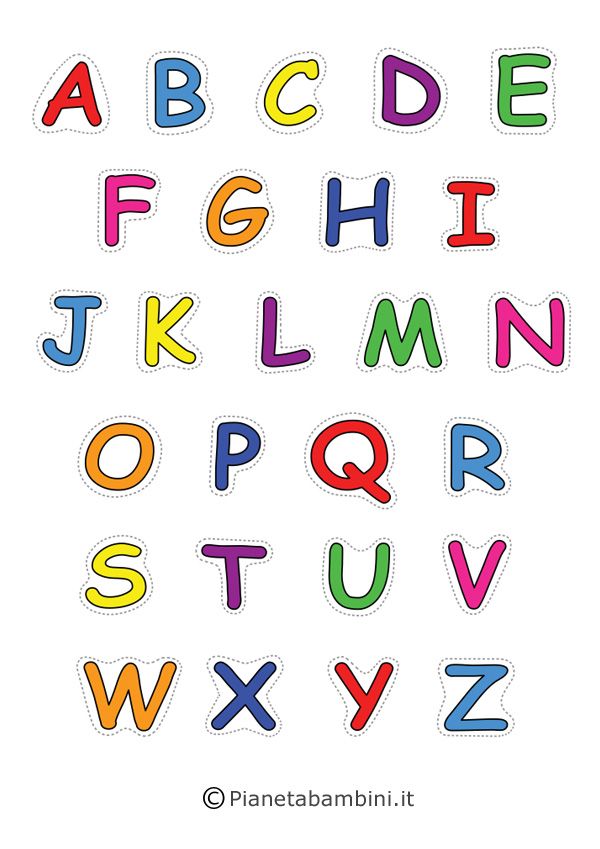
6. When adding emphasis
Be careful with this use of uppercase letters!
When you put words or sentences in ALL CAPS, a practice often seen in texts or posts, you add emphasis to your words. Consider how that emphasis will be perceived.
ALL CAPS statements carry more aggression and intensity than lowercase words. That’s not always a bad thing.
For example, texting someone “HAPPY BIRTHDAY!” instead of “Happy birthday” is a way to convey excitement and show you really mean those good wishes.
Other times, ALL CAPS can sound accusatory, demeaning, or rude.
Remember that ALL CAPS in writing makes it seem as though the speaker is yelling. Keep that in mind before you press “send” on your uppercase text or post!
A Summary of Lowercase and Uppercase Letters
Lowercase letters are used for common nouns and for every letter after the initial letter of the first word of a sentence.
Uppercase letters are most often used at the start of sentences and as the first letter of proper nouns, though there are other times to use the capital letter form too.
Take your writing to the next level:
20 Editing Tips from Professional Writers
Whether you are writing a novel, essay, article, or email, good writing is an essential part of communicating your ideas.
This guide contains the 20 most important writing tips and techniques from a wide range of professional writers.
What Are Lowercase, Uppercase Letters?
Lowercase letter definition: Lowercase letters are all other letters not in uppercase.
Uppercase letter definition: Uppercase letters are letters that represent the beginning of a sentence or a proper noun.
What are Lowercase Letters?
In writing, most letters are lowercase. Lowercase letters are all letters that do not begin a sentence or refer to a proper noun.
English alphabet lowercase letters: a b c d e f g h i j k l m n o p q r s t u v w x y z.
Examples of Lowercase Letters:
- word
- The word above uses only lowercase letters.
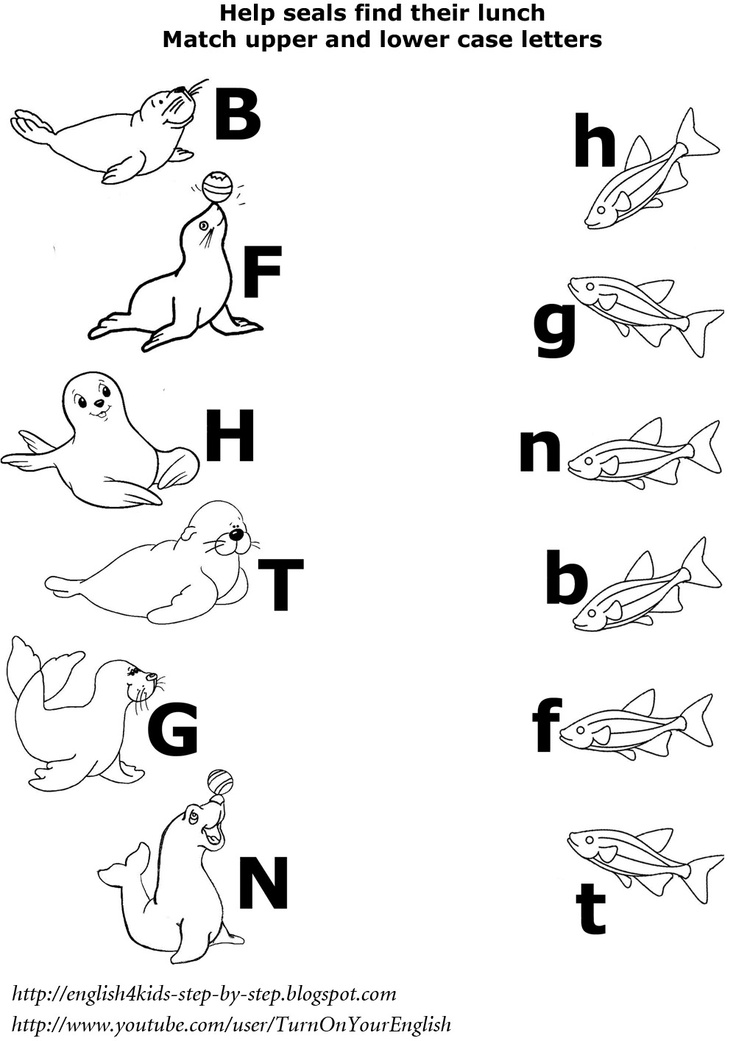
- The sentence above has lowercase letters after the first letter of the sentence.
- This sentence and the one directly above have all lowercase letters except for the “T.”
What are Uppercase Letters?
Uppercase letters are also known as capital letters. Uppercase letters signal to the reader that something is important or significant.
English alphabet uppercase letters: A B C D E F G H I J K L M N O P Q R S T U V W X Y Z.
Examples of Uppercase Letters:
- Jones
- This is a proper name, so the first letter of the title and the last name are capitalized
- Main Street
- This is a proper noun so the first letter of each word is capitalized
When to Use Uppercase Letters
In English, the first letter of every sentence is capitalized. The uppercase letter signals to the reader that a new sentence is beginning.
Other uses of uppercase letters are detailed below.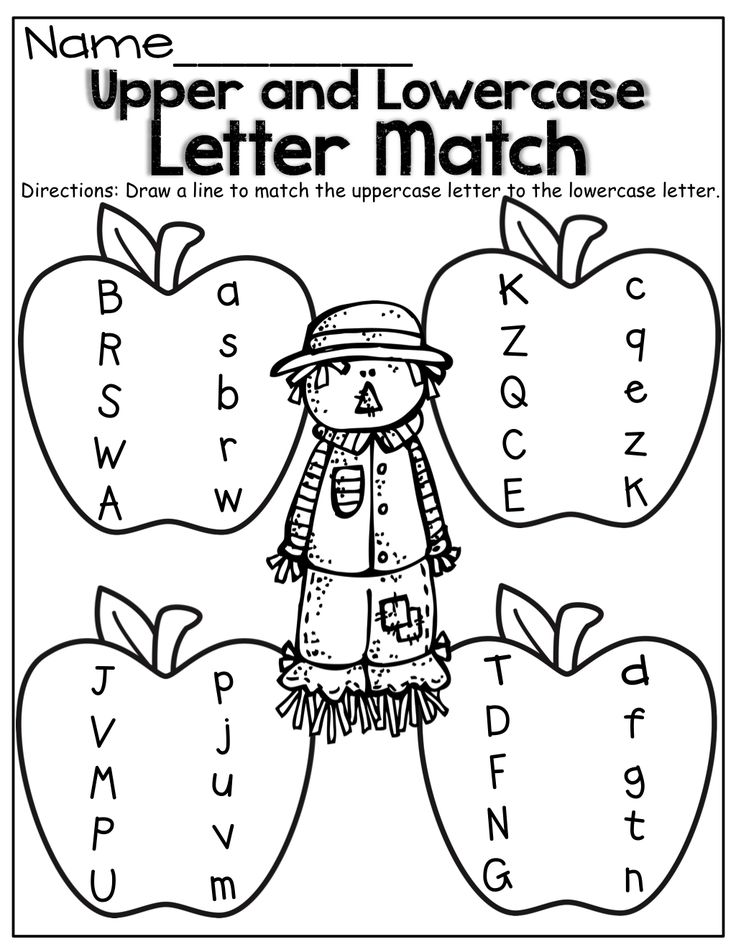
All titles are considered proper nouns and require capitalization.
Examples:
- Miss Mabry
- Incorrect: miss mabry
- Mathers
- Incorrect: mr. mathers
- Madam Lockfield
- Incorrect: madam lockfield
- Lady Grace
- Incorrect: lady grace
- Janks
- Incorect: mrs. janks
Acronyms are a type of abbreviation. Acronyms are words formed from other letters to make a new word. However, they require capital letters to signal to the reader that those letters stand for something and are not a word alone.
Examples:
- NATO
- North Atlantic Treaty Organization
- UNICEF
- United Nations International Children’s Emergency Fund
- SCUBA
- Self-contained underwater breathing apparatus
All proper nouns need to be capitalized.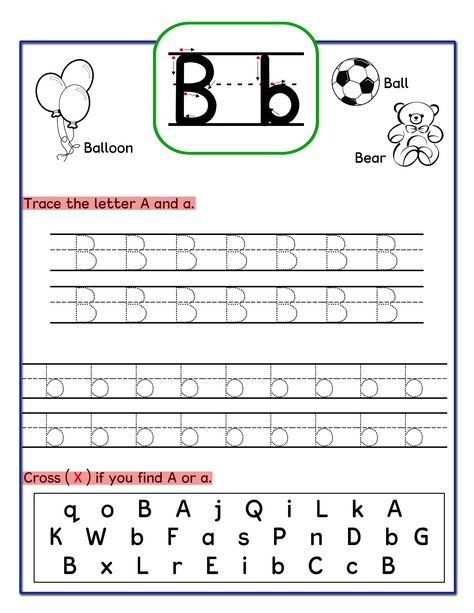
Examples:
- We visited the Bowers Museum on Saturday.
- Incorrect: We visited the bowers museum on Saturday.
- I would like to tour the Eiffel Tower.
- Incorrect: I would like to tour the eiffel tower.
- Their names are Jake and Suzy.
- Incorrect: Their names are jake and suzy.
When to Use Lowercase Letters
Use lowercase letters for all letters other than the first in a sentence, provided that there is no required use for uppercase letters in the sentence.
Examples:
- Every word in this sentence other than the first word is written in lowercase.
- The only words in this sentence that require uppercase letters are the proper nouns, London and Paris.
All nouns that are not proper nouns are called common nouns. All common nouns use lowercase letters (unless a common noun begins a sentence).
Examples:
- tree
- dog
- bird
- water
- air
- star
- street
- girl
- baby
Summary
Define lowercase letters: lowercase letters are those letters used for common nouns and internal words.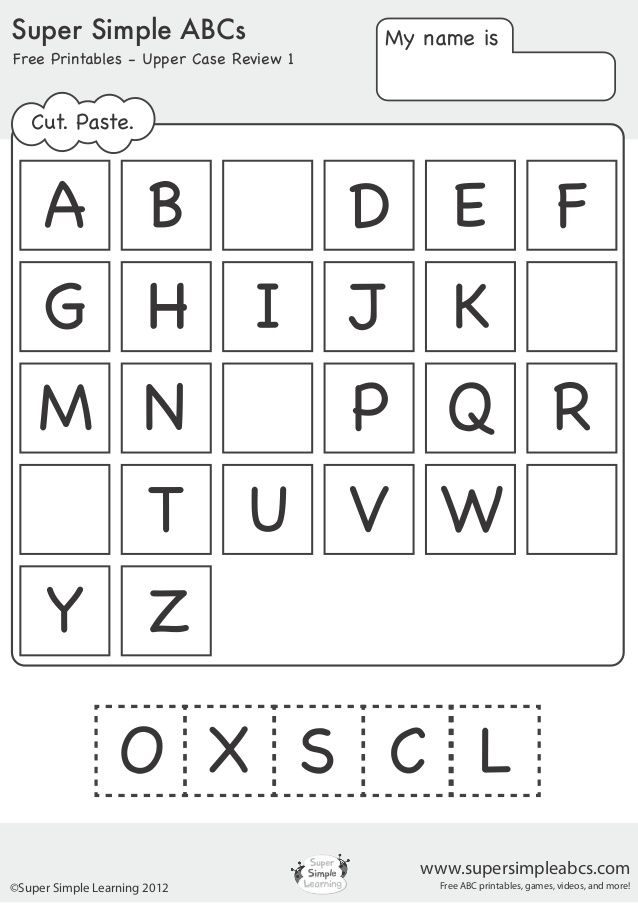
Define uppercase letters: uppercase letters (also called capital letters) are those letters that signify the beginning of a sentence or a proper noun.
In summary,
- Uppercase and lowercase letters refer to all letters used to compose the English language.
- Uppercase letters are used to begin sentences and are also used for proper nouns.
- Lowercase letters are all letters that do not begin sentences.
Contents
- 1 What are Lowercase Letters?
- 2 What are Uppercase Letters?
- 3 When to Use Uppercase Letters
- 3.1 Titles
- 3.2 Acronyms
- 3.3 All Proper Nouns
- 4 When to Use Lowercase Letters
- 5 Summary
Russian and English alphabet in one line
|
|
| |||||||||||||||||||||||||||||||||||||||||||||||||||||||||||||||||||||||||||||||||||||||||||||||||||||||||||||||||||||||||||||||||||||||||||||||||||||||||||||||||||||||||||||||||||||||||||||||||||||||||||||||||||||||||||||||||||||
Russian alphabet with numbering, letters in order
Russian alphabet: educational materials, tables, pictures.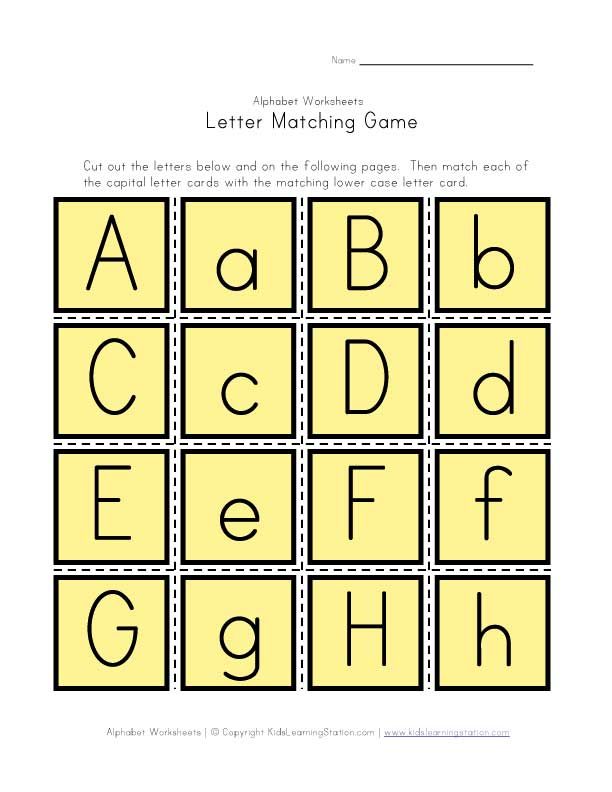 Letters: numbering, vowels and consonants, frequency.
Letters: numbering, vowels and consonants, frequency.
- Russian alphabet. What is an alphabet?
- Letters of the alphabet
- One line
- How many letters are there in the alphabet?
- Vowels and consonants
- Uppercase and lowercase letters
- Symmetrical
- Numbers of letters
- Frequency of letters
- Frequency of words by letters
- General table
Modern Russian alphabet consists of 33 letters. The alphabet in its current representation has existed since 1942. In fact, the year 1918 can be considered the year of the formation of the modern Russian alphabet - then it consisted of 32 letters (without the letter ё). The origin of the alphabet, according to historical documents, is associated with the names Cyril and Methodius and refers to 9th century AD. From the moment of its origin until 1918, the alphabet changed several times, incorporating and excluding signs.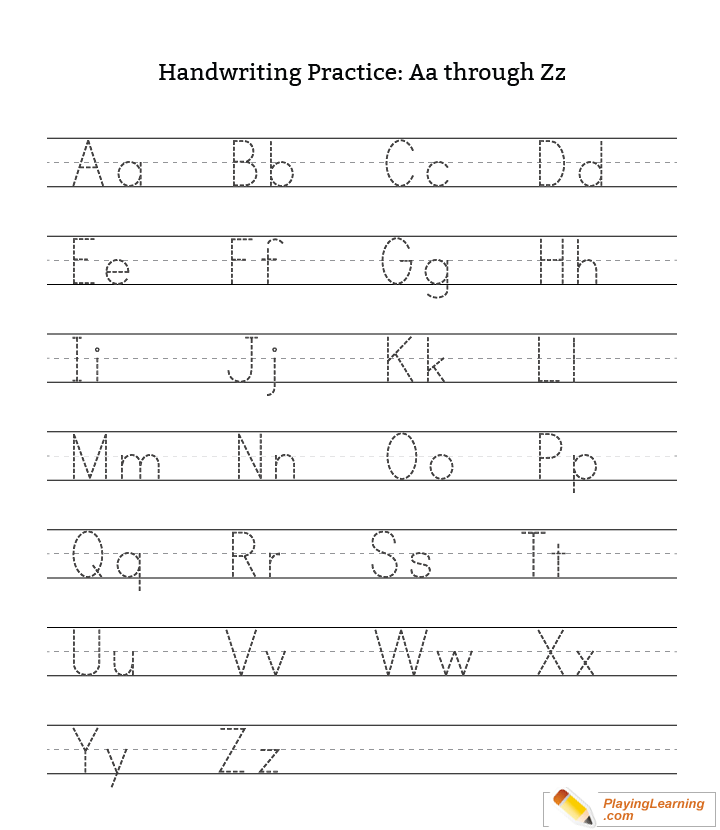 At one time it had over 40 letters. The Russian alphabet is also sometimes called the Russian alphabet.
At one time it had over 40 letters. The Russian alphabet is also sometimes called the Russian alphabet.
On our site for each letter of the Russian alphabet there is a separate page with a detailed description, examples of words, pictures, poems, riddles. They can be printed or downloaded. Click on the letter you want to go to its page.
100%
A a a B b ba B v v ve G ge D d de E e e e y o J zh zhe Z ze I ii y y and short K k ka L l el or el M m em N n en O o o P p p pe R r er S es T t te U u u F f ff X x ha Q t tse H h che Sh sh sch sch sha b b hard sign Y y y b b soft sign u u u reverse yu yu yu i i i
Download and print the alphabet
Image: png, 906×1018 px, 92.3 Kb
Print Download
some contexts require the use of the letter ё to avoid ambiguity. Russian letters are neuter nouns. It should be borne in mind that the style of the letters depends on the font. From the site you can download the alphabet or download the letters in pdf format (on each sheet by letter).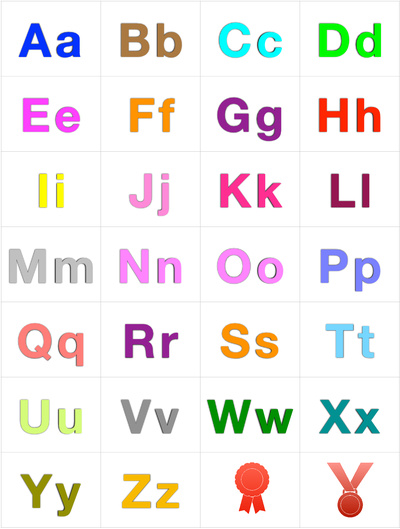
Letters of the Russian alphabet
Frequently asked questions about the letters of the Russian alphabet are: how many letters are there in the alphabet, which are vowels and consonants, which are called uppercase and which are lowercase? Basic information about letters is often found in popular questions for primary school students, in erudition and IQ tests, in questionnaires for foreigners on knowledge of the Russian language, and other similar problems.
Single line
Capital letters
, in order:
in order with a space: A B C D E E F G I J K L M N O P R S T U V X T
in order with a comma: A, B, C, D, D, E, E, F, Z, I, Y, K, L, M, N, O, P, R, C, T, U, F, X, C, H, W, W, b, S, b, E, Yu, I;
in reverse order:
Lower case letters
, in order:
in order, separated by a space:
in order with a comma: a, b, c, d, e, e, e, g, h, i, d, k, l, m, n, o, p, p, s, t, y, f, x, c, h, w, u, b, s, b, e, u, i;
in reverse order:
Number of letters
How many letters are there in the Russian alphabet?
There are 33 letters in the Russian alphabet.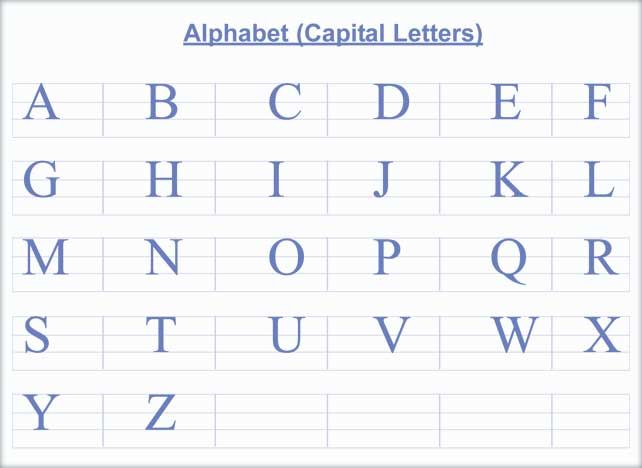
Some people, in order to memorize the number of letters in the Russian alphabet, associate them with popular phrases: "33 pleasures", "33 misfortunes", "33 cows". Other people associate with facts from their lives: I live in apartment number 33, I live in region 33 (Vladimir region), I play in team number 33 and the like. And if the number of letters of the alphabet is forgotten again, then the associated phrases help to remember it. Maybe it will help you too.
Vowels and consonants
How many vowels and consonants are there in the Russian alphabet?
10 vowels + 21 consonants + 2 do not mean a sound
Among the letters of the Russian alphabet, there are:
The letter means sound. Compare: “ka”, “el” are the names of letters, [k], [l] are sounds.
Uppercase and lowercase
Which letters are uppercase and which are lowercase?
Letters are uppercase (or capital) and lowercase:
- A, B, V .
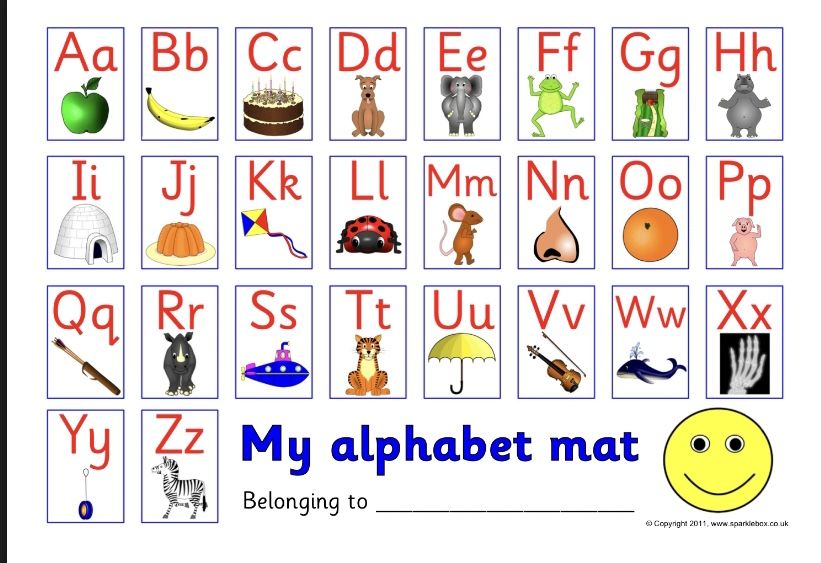 .. E, Yu, Z - uppercase letters,
.. E, Yu, Z - uppercase letters, - a, b, c ... e, u, z - lowercase letters .
Sometimes they say: big and small letters. But this wording is incorrect, since it means the size of the letter, and not its style. Compare:
B is a large capital letter, B is a small capital letter, b is a large lowercase letter, b is a small lowercase letter.
Proper names are capitalized, the beginning of sentences, the appeal to "you" with an expression of deep respect. In computer programs, the term "letter case" is used: upper case letters are typed in upper case, lower case letters are typed in lower case.
Symmetrical
In the Russian alphabet, 11 letters have vertical symmetry (with respect to the Y axis): A, D, Zh, M, N, O, P, T, F, X, Sh. The left part of the letters coincides with the right part. If the letters are rotated from right to left, then their style will not change.
7 letters have horizontal symmetry (with respect to the X axis): B, E, Z, K, C, E, Yu.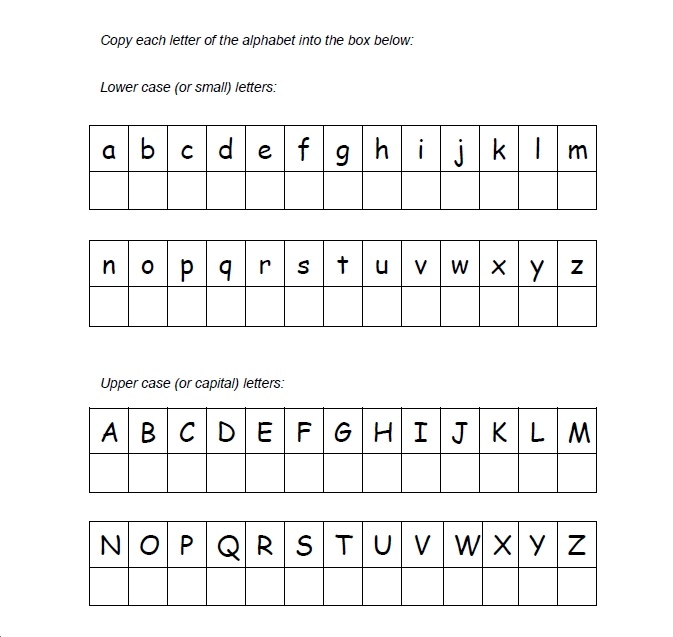 The upper part of the letters coincides with the lower one. If the letters are turned upside down, then their outline will not change. Note that the lowercase e has no symmetry.
The upper part of the letters coincides with the lower one. If the letters are turned upside down, then their outline will not change. Note that the lowercase e has no symmetry.
Vertical and horizontal symmetry of 5 letters: Zh, N, O, F, X. These letters are called mirror. The letter And becomes symmetrical when simultaneously rotated along two axes.
- A
Y - B
- - C
X - D
- - D
Y - E
x - YOU
- - F
XY - K
x - and
- - H
XY - O
XY - P
Y - R
- - from
x - T 9066 Y
- - F xy 9669 Ф
- ° C
- ° C
- Ф
- ° C
- Ф
- ° C
- ° C
- ° C
- ° C
- ° C
- ° C
- ° C
- ° C
- ° C
- ° C
- ° C
- ° C.
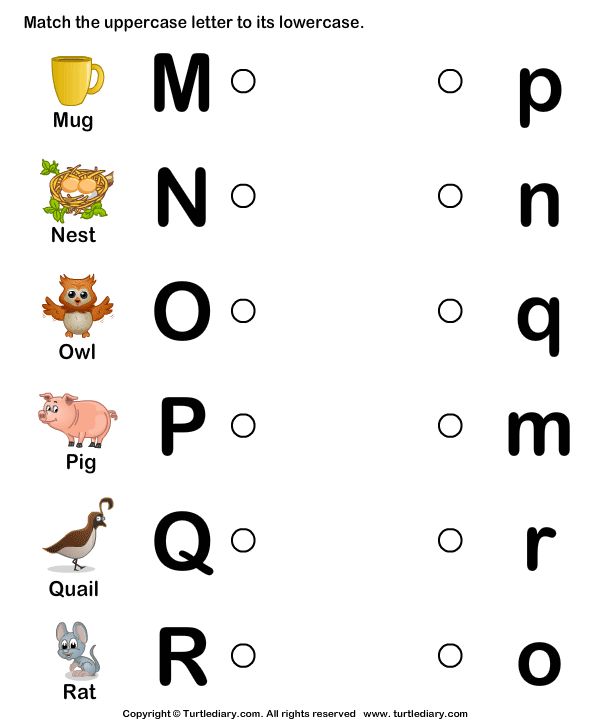
- - H
- - Sh
Y - Sh.
- - b.
- - s
- - b
- - E
x 9000 U - I
-
- 9000 9000 9000 9000 9000 9000 9000 9000 9000 9000 9000 9000 9000 9000 9000 9000 9000 9000 9000 9000 9000 9000 9000 9000 9000 9000 9000 9000 9000
Y
x
. in the list above.
Numbering of letters
In some logical tasks to determine the next element in a series, in games when solving comic ciphers, in competitions for knowledge of the alphabet and in other similar cases, it is required to know the serial numbers of the letters of the Russian alphabet, including numbers when counting from the end to the beginning of the alphabet. Our visual "strip" will help you quickly determine the number of a letter in the alphabet.
- А
1
33 - Б
2
32 - В
3
31 - Г
4
30 - Д
5
29 - Е
6
28 - Ё
7
27 - f
8
26 - С
25 - and
10
24 - th
11
23 - to
12
- L
666666666666666666666666666666666666666666666666666666666666666666666666EH - H
15
19 - O
16
18 - P
17
17 - R
18
16 - C
19
15 - T
20 9066 14 - U
22666 21
666666666666666666666666666666666666666EA - x
23
11 - C
24
10 9000. - Sh
26
8 9000 b - E
31
3 - Yu
32
2 - I
33
1
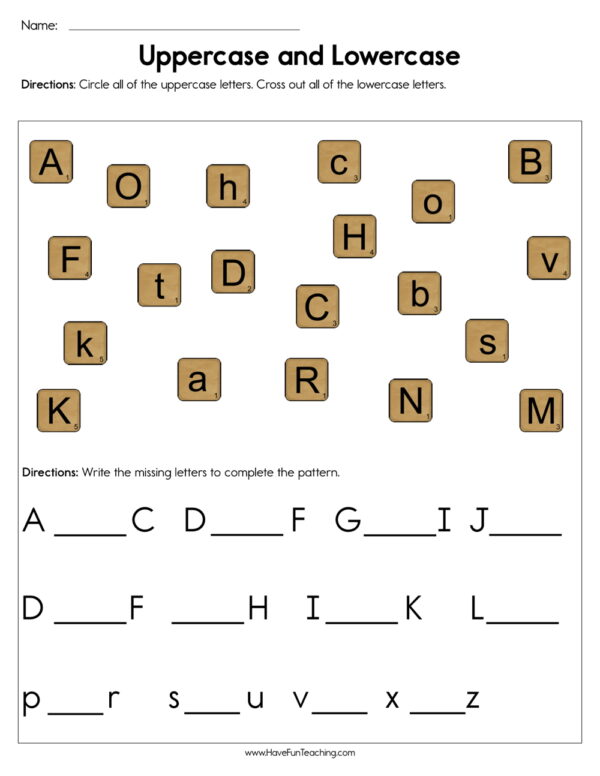 h
h 25
9
30
4
P - "middle" letter of the alphabet, 3rd - first vowel I position), B - the first consonant (2nd position), Щ - the last consonant (27th position) in the alphabet.
Letter frequency
There is a concept of letter frequency. Frequency shows how many times a letter is used in all words of the Russian language. The more often a letter is used in speech, the higher its frequency. In Russian, the letter O has the highest frequency, the letter Yo has the smallest. This means that there are many Russian words with the letter O and very few words with the letter Y.
In Russian:
letters O, E, A, I, N, T, C are often found;
letters Ё, Ъ, F, E, Shch, C, Yu, Sh, Zh, X are rare;
common vowels: O, E, A, I;
common consonants: H, T, C, R, V, L;
rare vowels: Yo, Yu;
rare consonants: Ф, Ш, Ц, Ш, Ж, Х.
The frequency of a letter is determined by the ratio of the use of the letter itself in speech to the number of uses of all letters in the Russian language. To calculate the frequency, the formula was used:
F letter = Q letter Q all ,
Materials of the National Corpus of the Russian Language were used to analyze the frequency of letters. The corpus contains information about the use of each letter of the alphabet in speech and the total number of letters used in all words of the Russian language, which is 505 266 851. Thus, the formula for calculating the frequency of a letter is reduced to the form F = Q letter 505 266 851.
Below the letters of the Russian alphabet with the indication of frequency as a percentage.
- A
8.01% - B
1.59% - in
4.54% - g
1.70% - D
2.98% 906 - Z
1.65% - I
7.35% - Y
1.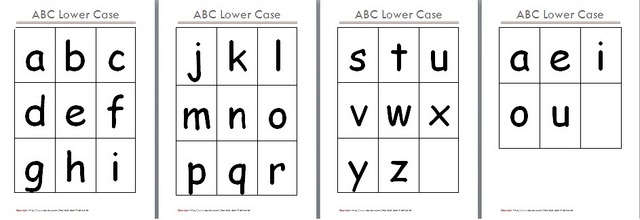 21%
21% - K
3.49% - L
4.46 9066 0010 - H
6.70% - O
10.97% - P
2.81% - R
4.73% - C
5.47% - 99000
- X
0.97% - C
0.48% - h
1.44% - Sh
0.73% - SH
0.36% - 0.066
- 966 1.90%
1.90% 1.966 1.90% 9066 1.5 0.32% - Yu
0.64%- Z
2.01%Each letter of the alphabet has its own rank - a position depending on the frequency index. Since the letter O has the highest frequency, its rank is 1, the letter E has the smallest frequency, rank 33.
- O
1 - E
2 - A
3 - and
4 - T
6 - C
7 - R
8 - B
9 - L
10 - К
11 - М
12 - Д
13 - П
14 - У
15 - Я
16 - Ы
17 - Ь
18 - Г
19 - З
20 - Б
21 - Ч
22 - Й
23 - Х
24 - Ж
25 - Ш
26 - Ю
27 - Ц
28 - Щ
29 - Э
30 - Ф
31 - Ъ
32 - Ъ
33
5Spell frequency of words
In linguistics, there is the concept of word frequency, which determines the ratio of the number of word usages of a word to the total number of word usages in speech.
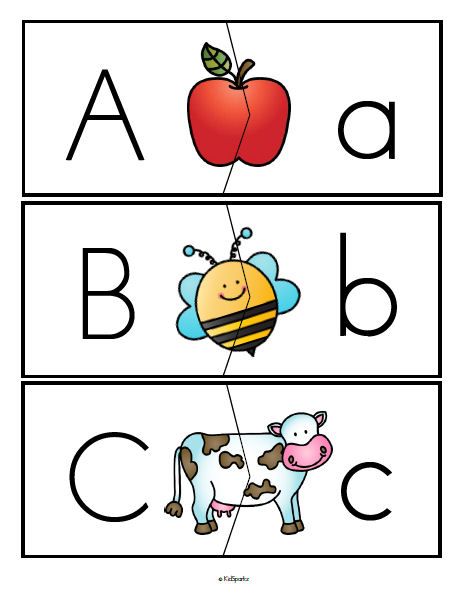 Within the framework of our project, the frequency of words by letters is understood as the ratio of words beginning with the corresponding letter to the total number of words in the Russian language. The counting formula is similar to the formula for the frequency of letters:
Within the framework of our project, the frequency of words by letters is understood as the ratio of words beginning with the corresponding letter to the total number of words in the Russian language. The counting formula is similar to the formula for the frequency of letters:
F word-letter = Q word-letter Q all words ,
words.Let's show the indicators calculated by us as a percentage for each letter. To analyze the frequency of words, the dictionary of N. Tikhonov was taken.
- A
3.26% - B
3.83% - C
6.36% - D
3.20% - d
4.20% - e
0.28% - ё
0.02% - f
0.64% - °
4.36% 9000% 9000 9066 6.266 6.266 6.2666666666666666666666666666666666666666666666666666666666666666666666666E - m
4.52% - N
6.09% - O
7.16% - P
17.28% - R
4.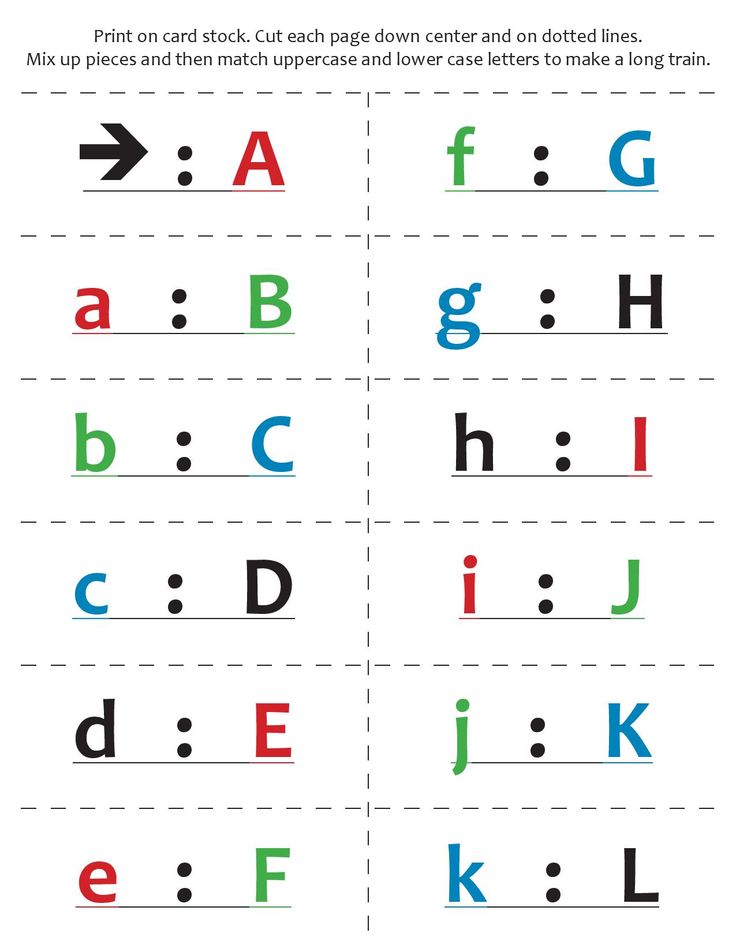 93%
93% - C
% 9000 9000 9000 9000 9000 9000% % - F
1.65% - x
1.20% - C
0.62% - h
1.02% - Sh
1.28% - SH
% - KO
0.00% - 9000
0.00% 900,000
1.40% - Yu
0.15% - Z
0.31%
2.16%Words beginning with Y are names of geographical features.
In Russian:
most words starting with the letter P,
most words starting with the letter O among vowels,
few words starting with the letters Yo, Y, Yu,
the fewest words starting with the letter Y,
the least words starting with the letter Y among consonants,
no words on the letters b, b.Taking into account the calculated indicators, the rank of a letter is easily determined by the number of words beginning with a letter.
- R
1 - C
2 - O
3 - B
4 - K
5 - r
7 - m
8 - С
9 - d
10 - B
11 - 9000 9000 9000 g
14 - and
- 000 9000 9000 and 9000 9000 9000 9000 9000 and 9000 9000 9000 9000 9000 9000 and 9000 9000 9000 9000 9000 9000 and
- l
17 - F
18 - E
19 - Sh
20 - x
21 - Ф
23 - 2
- Sh.
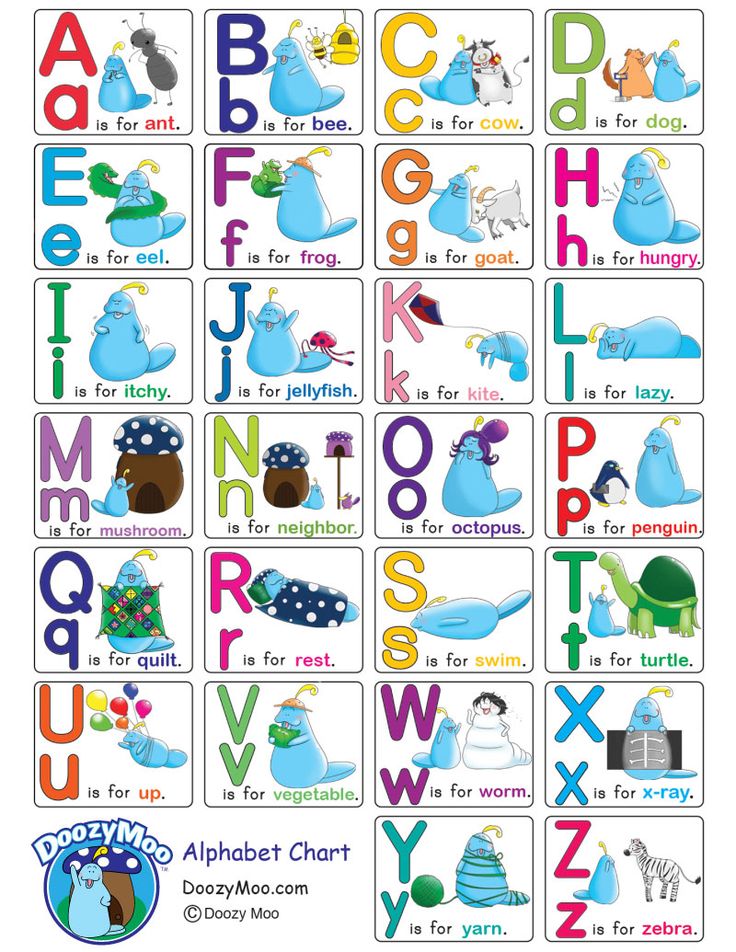
27 - U
28 - I
29 - YOU
30 - s
31
H 6 010
12
22
32direct and reverse numbering, spelling, name, sound (transcription), absolute value of frequency, percentage value of frequency and rank of frequency.
- Yu

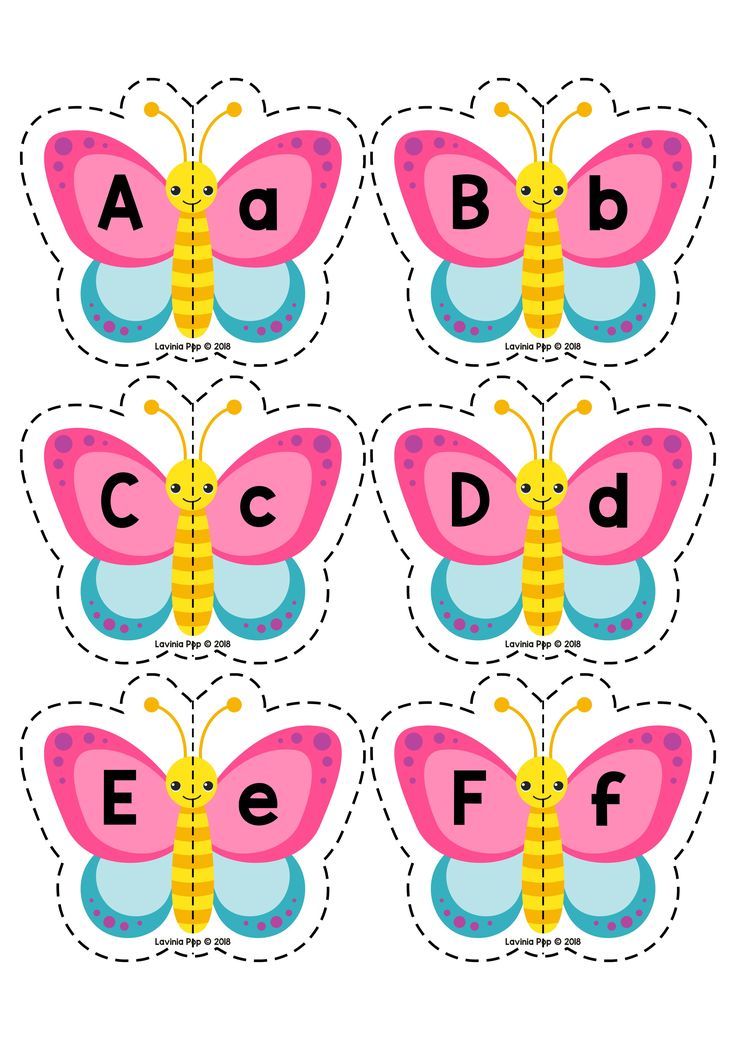 Part two
Part two 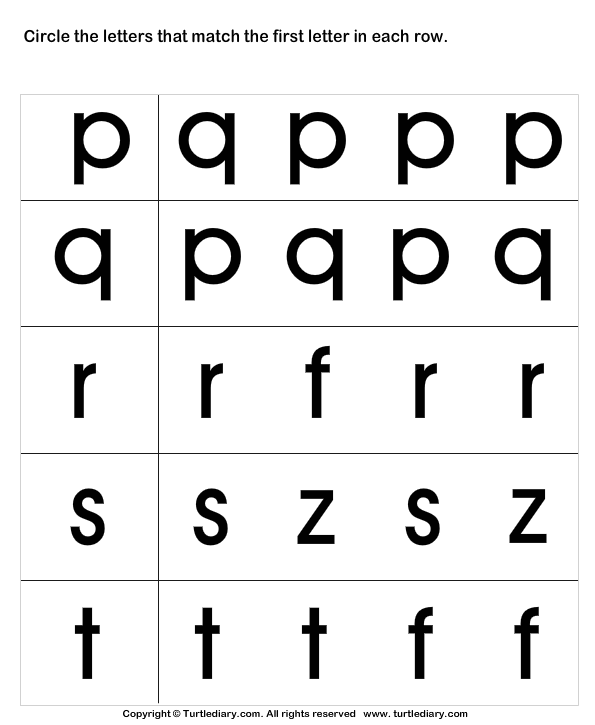 Private decision.
Private decision. 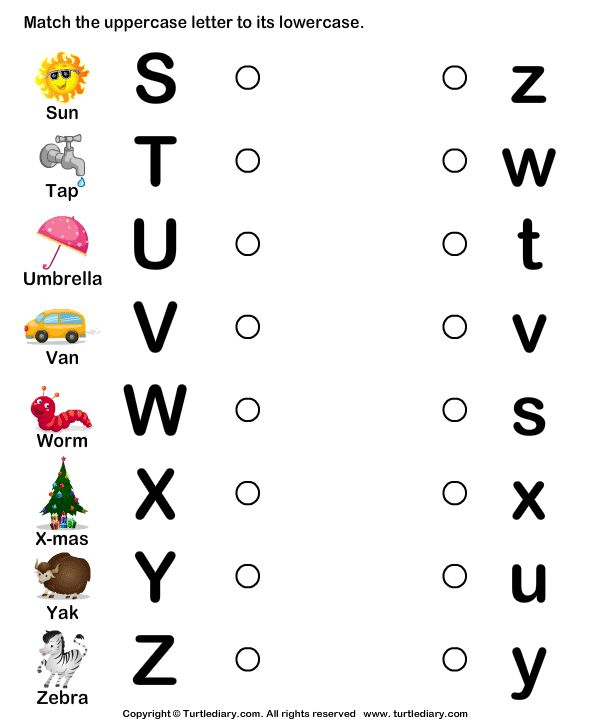
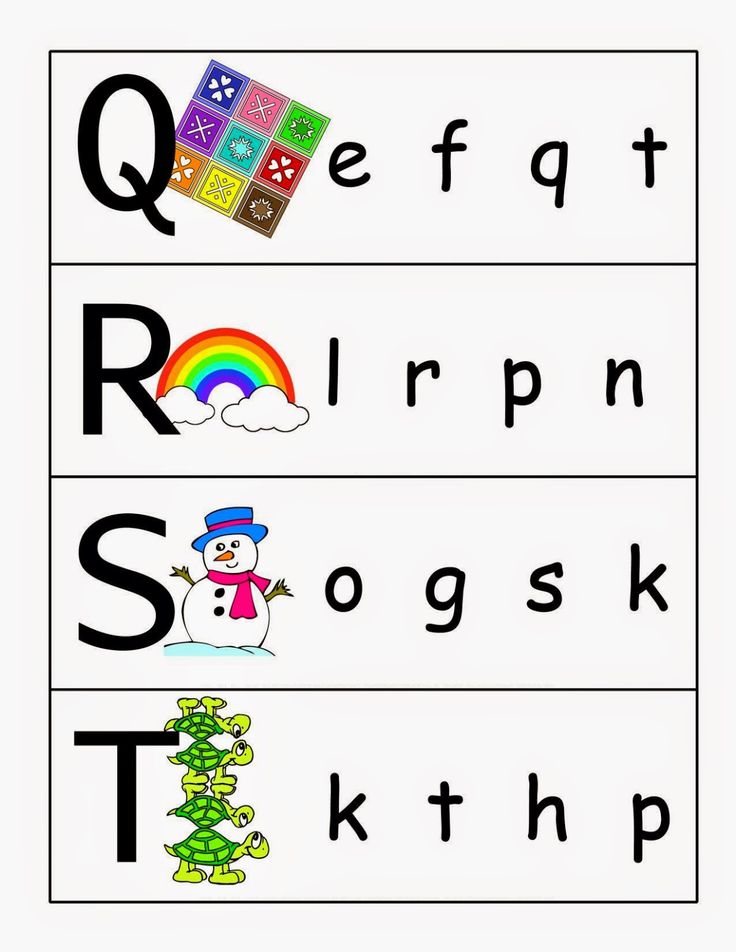 The following words are used:
The following words are used: 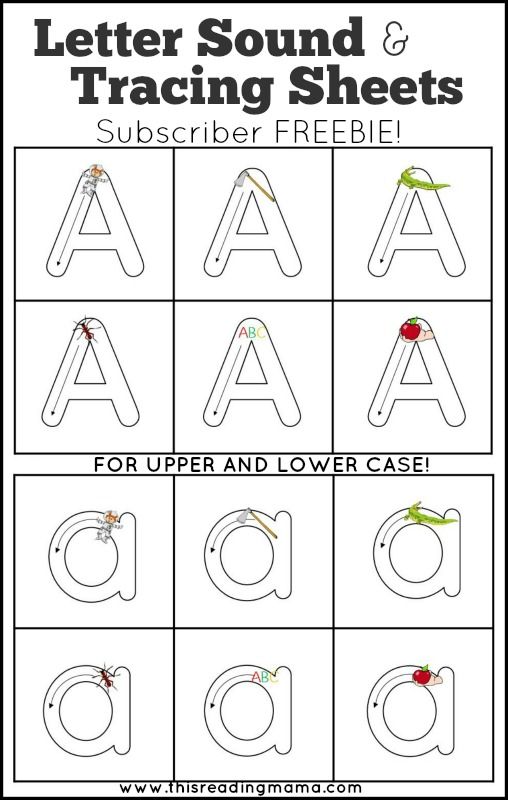 Angle between them.
Angle between them. 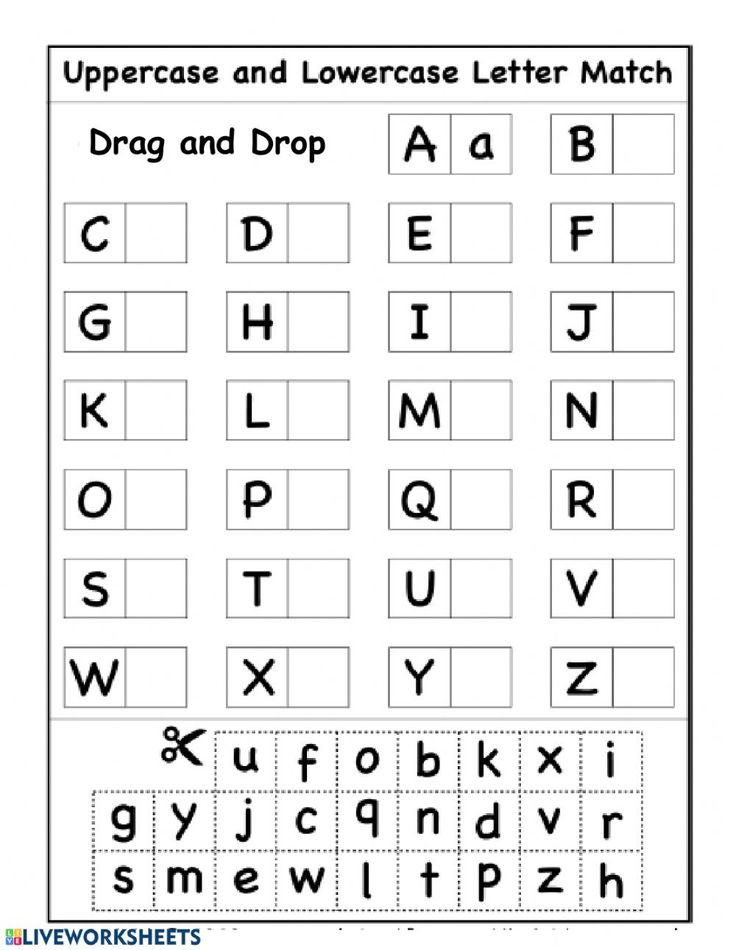 Greatest Common Factor (GCF)
Greatest Common Factor (GCF) 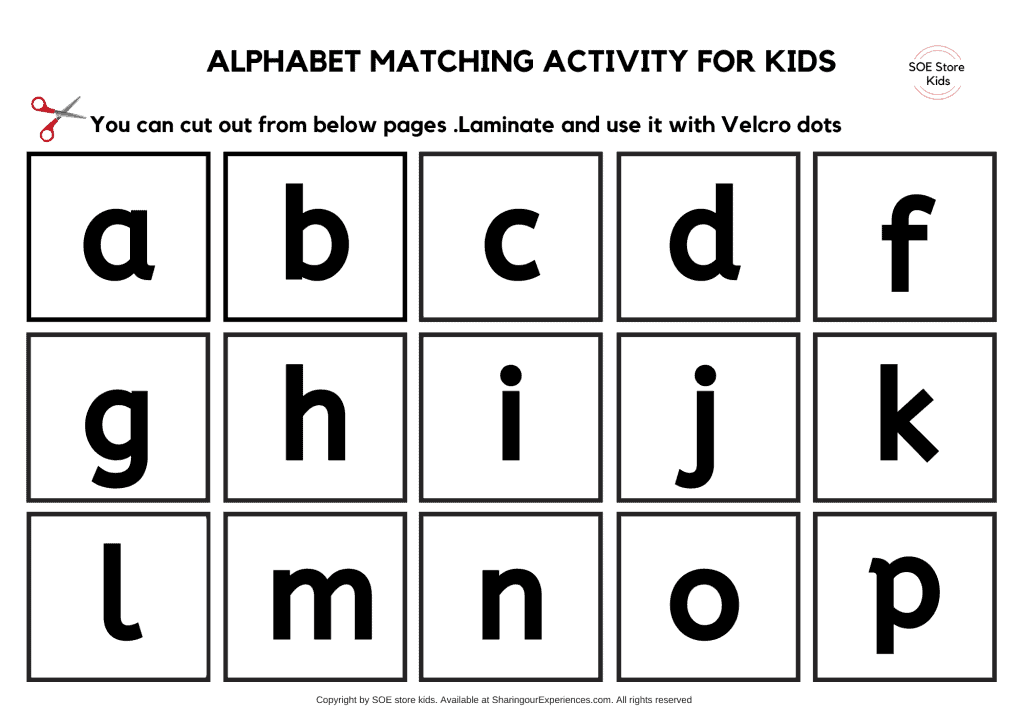 20%
20%  35%
35% 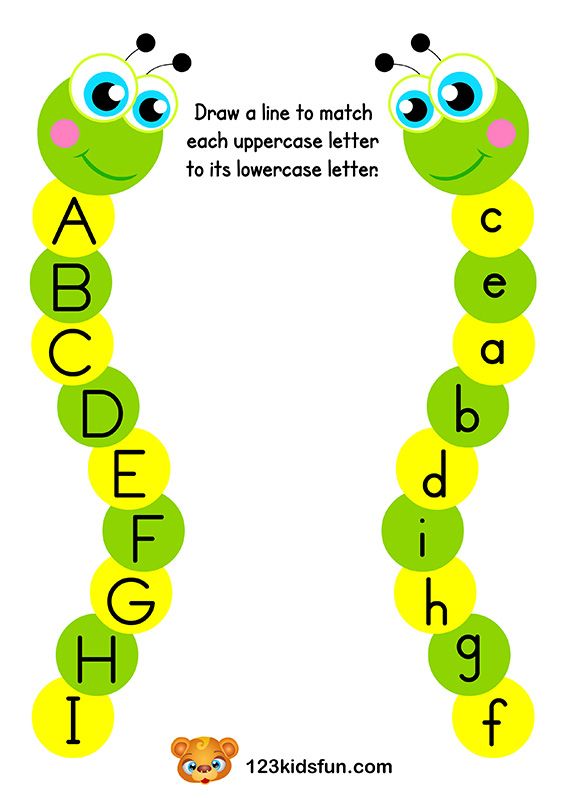 97%
97% 